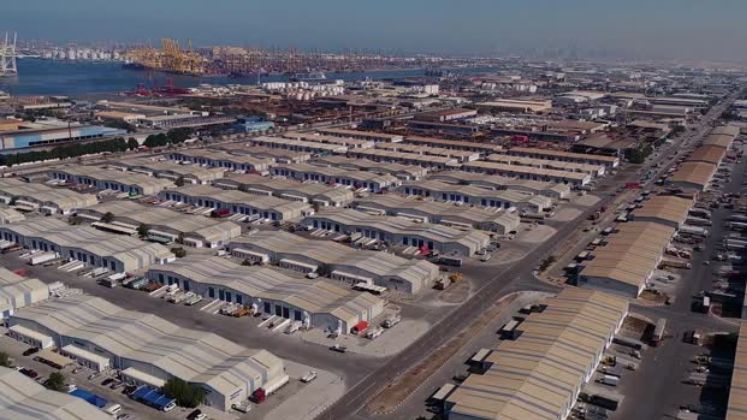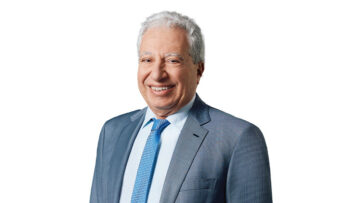
The Government of Bangladesh is moving toward establishing Bangladesh’s first free trade zone (FTZ) in the southern coastal belt, with the aim of attracting foreign investment and generating new employment opportunities. Officials say a decision on the project is expected by the end of this year.
A national committee formed earlier is reviewing the feasibility of the FTZ. Bangladesh Investment Development Authority (BIDA) Executive Chairman Ashik Chowdhury said the panel will submit its proposal within this month, allowing the government to finalise the decision by December.
The initiative, however, has sparked debate. Economists have questioned whether Bangladesh needs a new FTZ, given that the country already has export processing zones (EPZs), special economic zones (SEZs), and bonded warehouse facilities offering similar benefits.
“We already have EPZs that operate like free trade areas,” noted Zahid Hussain, former lead economist at the World Bank’s Dhaka office. “We are still struggling to make the existing zones fully operational, yet we are planning another one.” He added that a comprehensive assessment can only be made once the FTZ proposal is available.
FTZs allow businesses to import, store, and process goods without immediate customs duties, reducing costs and bureaucratic hurdles. Many multinational firms, including Apple in China, rely on such zones to streamline production and export worldwide.
The idea of setting up an FTZ in Bangladesh first gained traction at the Bangladesh Investment Summit in April, where policymakers and investors pushed for modernising trade facilities. Following the summit, the government formed a high-powered committee including representatives from BEZA, the commerce and industries ministries, NBR, Chattogram Port Authority, and BIDA.
The committee has been tasked with reviewing existing laws such as the Bangladesh Economic Zones Act and Customs Act, and recommending legal reforms if required. Chowdhury said alignment of regulations and identification of a strategic site will be key to the project’s success.
Economists and business leaders remain divided.
Fahmida Khatun, executive director of the Centre for Policy Dialogue (CPD), welcomed the move, calling it timely for boosting exports, investment, and logistics efficiency. She pointed to Chattogram as the most suitable location, citing its port facilities and proximity to regional trade routes. “If designed well, the FTZ could serve as a powerful catalyst for export diversification and deeper global integration,” she said, while stressing the need for social and environmental safeguards.
On the other hand, experts like Hussain remain cautious, warning that existing SEZs and EPZs remain unfinished, raising questions about resource allocation.
Former BUILD chairperson Asif Ibrahim highlighted the mixed global track record of FTZs. He cited China’s Shenzhen as a success story but noted that similar zones in Africa and Latin America struggled due to weak linkages with local industries and poor regulatory standards.
Zaved Akhter, president of the Foreign Investors’ Chamber of Commerce and Industry (FICCI), described the FTZ plan as encouraging for foreign investors but insisted that a clear policy framework and strategic site selection were critical.
Mohammad Abdur Razzaque, chairman of RAPID, said Bangladesh cannot afford to delay reforms as global supply chains are being restructured. “Bangladesh’s trade regime is still protectionist, and we lack the fiscal capacity to compete with the subsidy-driven strategies of advanced economies,” he warned.
Supporters argue that the FTZ could help Bangladesh adapt to a rapidly changing global trade landscape as the country prepares to graduate from least developed country status. Critics, however, caution that without policy clarity, proper planning, and strong oversight, the new zone risks duplicating existing efforts.
For now, all eyes are on the national committee’s proposal, due this month, which will shape whether the FTZ moves from ambition to reality by December.






